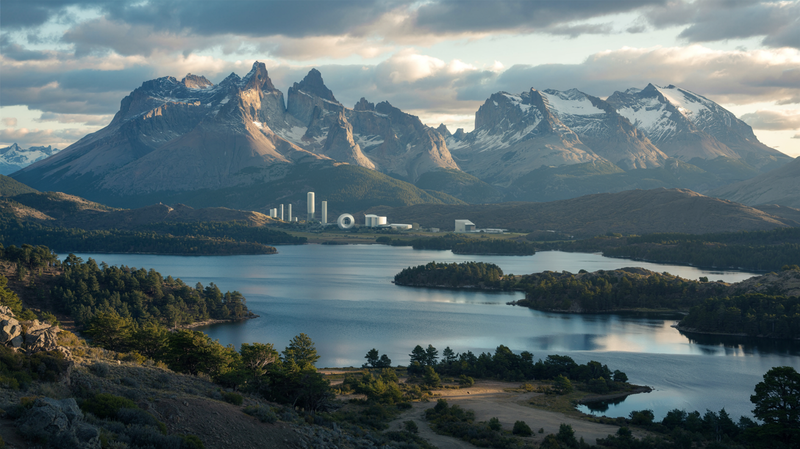Blossoming Wonders of the Siberian Alps: The Unique Flora of Altai
The extraordinary environment of Altai's natural territories paints a spectacular tableau that few landscapes on Earth can parallel. From lush, grassy meadows bursting with a myriad of floral species to drought-tolerant steppes, from the muted landscapes of mountain tundra to opulent coniferous forests, the biomes of Altai are

The extraordinary environment of Altai's natural territories paints a spectacular tableau that few landscapes on Earth can parallel. From lush, grassy meadows bursting with a myriad of floral species to drought-tolerant steppes, from the muted landscapes of mountain tundra to opulent coniferous forests, the biomes of Altai are a living canvas of astonishing diversity.
Perhaps the most enchanting of these realms is the alpine and subalpine meadow belt – a magical garden sculpted by Mother Nature herself, where meadows play out a symphony of colors that rival the hues of a rainbow. The forest border zone is another captivating world where century-old cedars stand like epic heroes, guarding the secrets of majestic rock formations. This is a land punctuated by springs carrying crystalline streams, born from the perpetual snows nestled in heavenly mountain peaks.
The botanical character of Altai is defined by its geographical location, complex geological history, and variable climatic conditions. The area's vast stretch from north to south and from west to east, grants its flora an exceptional variety. Over 2000 species of plants flourish in Altai, nearly 660 of which are directly beneficial to humans. Many plant species boast a spectrum of benefits – they are medicinal, edible, sources of dyes, rich in vitamins, and even poisonous.
The group of medicinal plants is one of the most substantial. Popularly used in traditional medicine are Rhodiola rosea, Bergenia crassifolia, Valeriana officinalis, Glycyrrhiza Uralensis, Scutellaria baicalensis, Paeonia, Taraxacum, Polygonatum, and Carthamus tinctorius.
Food plants of the region number around 149 species. Delicious and widely consumed are the stems of hogweed, Angelica, Siberian hogweed, Gmelin's rhubarb, sour dock leaves, rhubarb, ash fern, kohlrabi, berry plants, and wild onions. Although some food plants are abundant, others are threatened and require conservation measures - these include rhubarb, kohlrabi, and ferns.
Altai's flora is uniquely rich, with more than 100 plant species found exclusively in Altai and nowhere else in the world. These endemics have evolved here over eons, many of which are valuable medicinal plants, such as Rhodiola quadrifida, commonly known as "red brush".
Altai also hosts 32 relic species, including Siberian lime, European bison grass, Sweet clover, Giant knotweed, Siberian iris, Floating fern, and Water caltrop, among others.
Ten plant species growing on Altai's territory are included in the Russian Red Book (1988): Erythronium sibiricum, Iris ludwigii, Stipa zalesskii, Stipa capillata, Stipa pennata, Allium altaicum, Paeonia tenuifolia, Oxytropis almaatensis, Oxytropis stellata, and Oxytropis chankaensis.
Altai, rightfully regarded as one of the most ecologically pristine areas not only in Russia but across the globe, hosts five out of the eight World Heritage Sites in Russia listed by UNESCO. These include the Katun State Biosphere Reserve, Mount Belukha, Altai State Nature Reserve, Lake Teletskoye, and the Ukok Quiet Zone.




